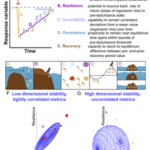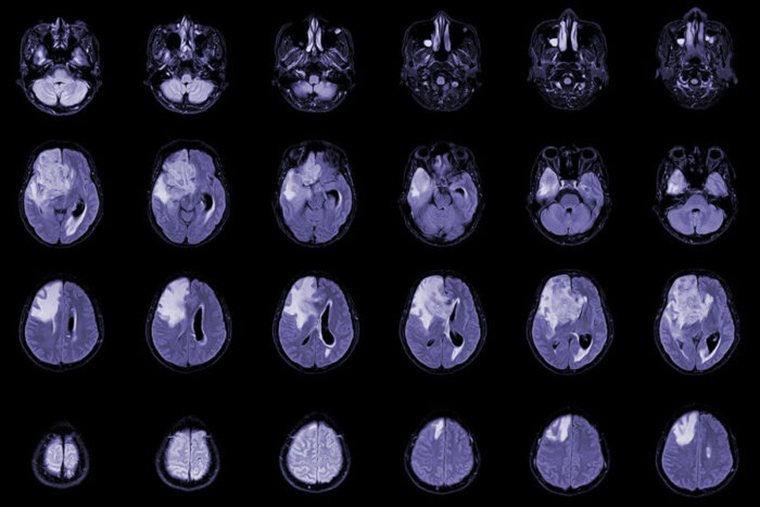2023-01-30 ペンシルベニア州立大学(PennState)
◆ペンシルベニア州立大学の研究者が率いる新しい研究は、気候変動に関連するものを含むいくつかの変数がミツバチに及ぼす潜在的な影響について予備的な洞察を示しています。研究結果によると、過去 5 年間の米国におけるミツバチのコロニー損失は、主に寄生ダニの存在、異常気象、近隣の農薬、越冬に関する課題と関係があることが判明しました。この研究は、新しい統計的手法を活用し、ミツバチの潜在的なさまざまなストレス要因を全国規模で同時に検討した初めてのものです。Scientific Reports 誌のオンライン版に掲載されたこの研究は、養蜂の実践において優先的に取り組むべきいくつかの懸念事項を示唆しています。
◆統計学者、地理学者、昆虫学者からなる研究チームは、2015年から2021年までのミツバチコロニー、土地利用、天候、その他の潜在的ストレス要因について、公開されているデータを集めました。これらのデータはさまざまな情報源から得られたものであるため、空間的にも時間的にも解像度にばらつきがある。例えば、気象データには数平方マイル規模の地域の日次データが含まれていましたが、ミツバチのコロニーに関するデータは数カ月間の州レベルのものでした。
◆研究者達は、結果として得られた統合解像度適合データセット(他の研究者が使用できるようにしました)を、彼らが開発した高度な統計モデリング技術とともに使用して、多数の潜在的ストレス因子を同時に評価しました。
◆研究チームは、近隣の農薬の存在、異常気象の頻発、天候の不安定さなど、いくつかのストレス要因が国レベルでミツバチのコロニー減少に影響を与えていることを明らかにした。コロニーの損失は、寄生性ダニであるバロア駆除剤の存在にも関連しており、このダニはミツバチのコロニーで繁殖し、ハチを弱らせ、ウイルスにさらされる可能性があります。研究者はまた、越冬の難しさに関連すると思われる損失が通常1月から3月の間に発生することを発見しましたが、一部の州ではこのパターンに従っていないこともわかりました。
◆研究チームはまた、コロニーロスと、米国農務省の調査で「その他」として指摘された、巣箱の破壊から食料不足、女王蜂の失敗までを含む幅広い養蜂方法の間に強い関係があることを発見しました。彼らは、このデータをより詳細に収集し、このような包括的な変数に分けることで、特定のストレス要因をコロニー崩壊に関連付ける能力を向上させられると指摘しています。
<関連情報>
- https://www.psu.edu/news/eberly-college-science/story/honey-bee-colony-loss-us-linked-mites-extreme-weather-pesticides/
- https://www.nature.com/articles/s41598-022-24946-4
ミツバチのコロニー消失は、寄生虫、殺虫剤、異常気象と関連があることが米国全土で判明 Honey bee colony loss linked to parasites, pesticides and extreme weather across the United States
Luca Insolia,Roberto Molinari,Stephanie R. Rogers,Geoffrey R. Williams,Francesca Chiaromonte & Martina Calovi
Scientific Reports Published:01 December 2022
DOI:https://doi.org/10.1038/s41598-022-24946-4

Abstract
Honey bee (Apis mellifera) colony loss is a widespread phenomenon with important economic and biological implications, whose drivers are still an open matter of investigation. We contribute to this line of research through a large-scale, multi-variable study combining multiple publicly accessible data sources. Specifically, we analyzed quarterly data covering the contiguous United States for the years 2015-2021, and combined open data on honey bee colony status and stressors, weather data, and land use. The different spatio-temporal resolutions of these data are addressed through an up-scaling approach that generates additional statistical features which capture more complex distributional characteristics and significantly improve modeling performance. Treating this expanded feature set with state-of-the-art feature selection methods, we obtained findings that, nation-wide, are in line with the current knowledge on the aggravating roles of Varroa destructor and pesticides in colony loss. Moreover, we found that extreme temperature and precipitation events, even when controlling for other factors, significantly impact colony loss. Overall, our results reveal the complexity of biotic and abiotic factors affecting managed honey bee colonies across the United States.


